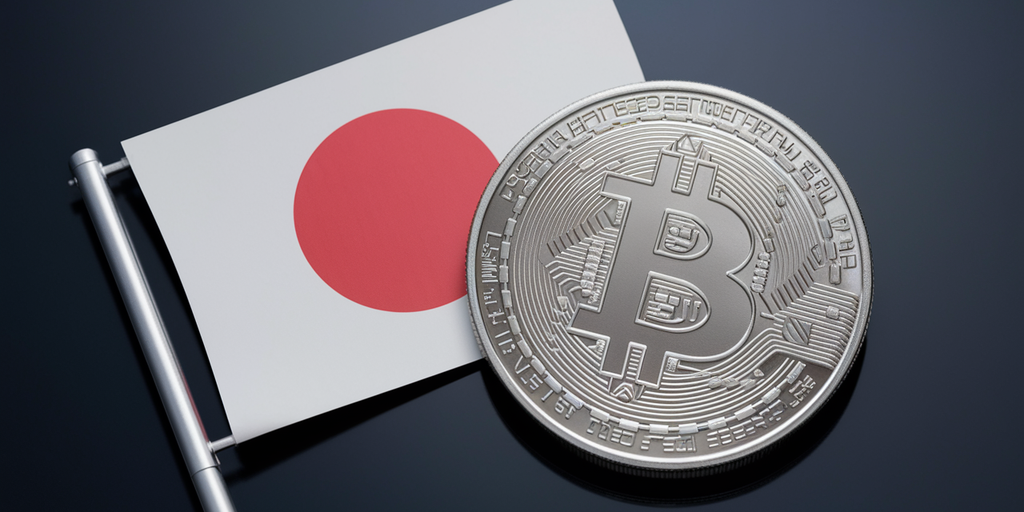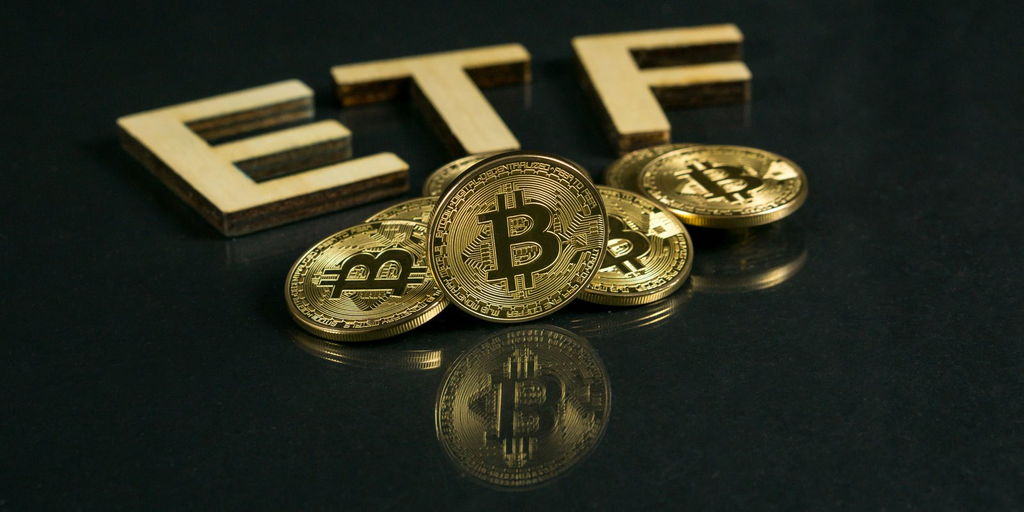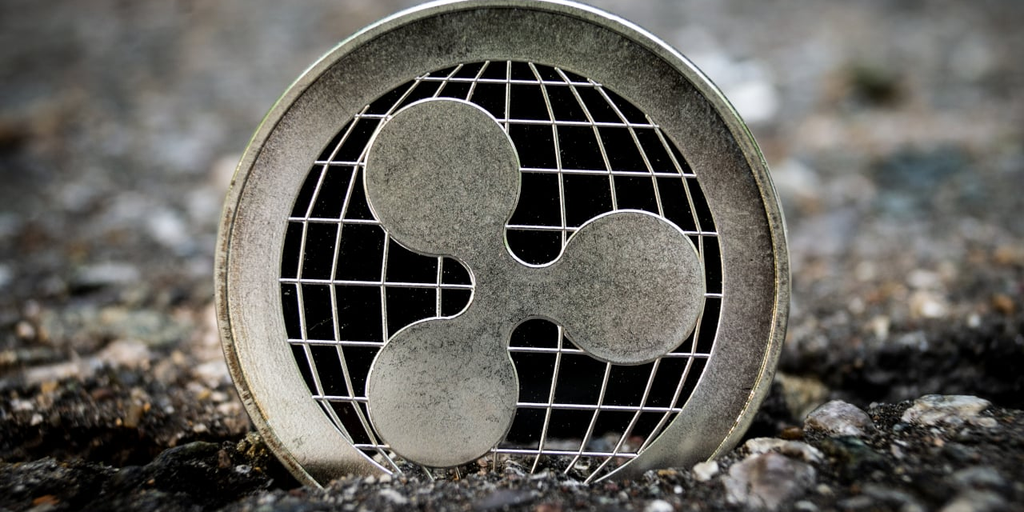Bitcoin’s hash rate has dropped by 25% since the weekend—a worrying sign for the security of the biggest digital coin’s network ahead of its highly anticipated “halving” event.
Data from MiningPoolStats shows that the total real-time hash rate from all known mining pools dropped from 570 exahashes per second (EH/s) on Sunday to as low as 425 EH/s on Tuesday. It currently stands at 550 EH/s. Exahashes per second refers to the speed with which computers mining Bitcoin are guessing a number—one exahash is equal to one quintillion hashes.
In order for Bitcoin miners to process transactions, it has to make a number of guesses at a complex mathematical problem. A higher hash rate means that the miners are making more guesses—and are therefore working harder to secure the network.
The reason for the fall in hash rate? Miners in Texas are curtailing power to strengthen the local grid amid a cold outbreak. The Texas Blockchain Council noted the issue on Monday and said that it was “ready to adjust operations to maintain grid stability.”
As Texas faces another spell of freezing weather, concerns about the reliability of our power grid resurface. However, it’s reassuring to know that the Texas Bitcoin Mining industry stands ready to adjust operations to maintain grid stability.
Currently, our power generation…
— Texas Blockchain Council (@TXblockchain_) January 15, 2024
Texas is a major Bitcoin mining hub due to cheap electricity in the state. Bitcoin miners need as much energy as they can get to run the blockchain’s network.
Hash rate is an important security metric which refers to the amount of computing power miners use per second. The more computing power used, the more difficult it is for attackers to take control of more than half of Bitcoin’s network.
A tumbling hash rate is bad for the Bitcoin network overall—especially ahead of the halving event.
The upcoming Bitcoin halving will see the amount of Bitcoin awarded to miners slashed in half. It is expected to happen in April and will be the fourth such event since the cryptocurrency launched in 2008.
Instead of 6.25 Bitcoins, miners—who mint new digital coins and keep the network running—will be rewarded with 3.125 BTC for each block they process. Cutting rewards limits the amount of new Bitcoin being minted and entering the market—it’s meant to keep Bitcoin’s inflation rate in check, though the supply of the digital currency is fixed at 21 million.
Some market analysts expect it will push the price of Bitcoin up because the available supply of the asset will become scarcer than it already is. Historically, a halving has preceded a Bitcoin bull run, though analysts disagree on the effect that a halving has on the market since the event is known well in advance and baked into Bitcoin’s code.
Stay on top of crypto news, get daily updates in your inbox.
Source link













